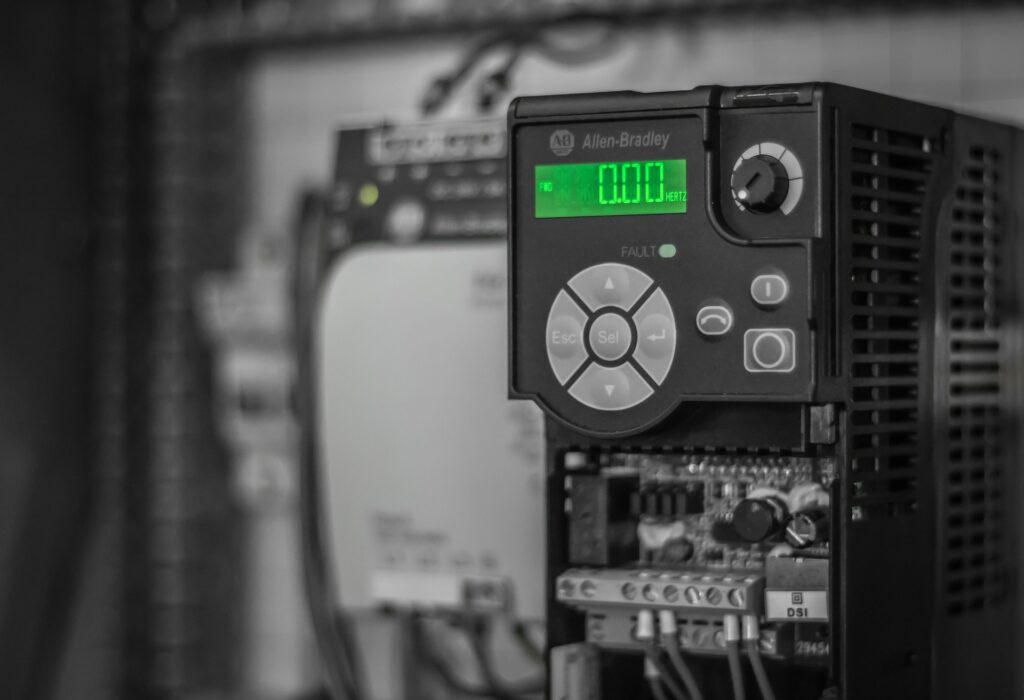In today’s fast-paced industrial landscape, automation has become a driving force behind increased efficiency, reduced errors, and optimized processes. At the heart of this revolution stands the Programmable Logic Controller (PLC), a sophisticated digital computer that serves as the brain of automated systems. PLC engineers are skilled professionals responsible for designing, programming, and maintaining PLCs, making them indispensable in the automation industry. In this blog post, we will explore the vital role of PLC engineers and delve into the world of PLC ladder logic, a fundamental programming language that powers automation systems. Additionally, we will recommend some of the best books for PLC engineers, helping them enhance their skills and excel in this dynamic field.
Table of Contents
ToggleThe Crucial Role of PLC Ladder Logic and Engineers
Automation has emerged as a game-changer across industries, revolutionizing manufacturing, energy, automotive, pharmaceuticals, and more. PLC engineers play a vital role in this realm, serving as the backbone of industrial automation. They are responsible for designing comprehensive control systems, ensuring seamless communication between sensors, actuators, and other components. PLC engineers craft intricate logic that translates complex processes into user-friendly code, making automation systems efficient, reliable, and safe. Their expertise in PLC programming languages like ladder logic, function block diagrams, and structured text enables them to create robust control algorithms. From system design to testing, commissioning, and regular maintenance, PLC engineers are instrumental in driving progress and innovation in the automation industry.
Unraveling PLC Ladder Logic
PLC ladder logic is one of the most widely used programming languages in industrial automation. It takes its name from the visual representation of logic using ladder-like diagrams. This programming language provides an intuitive and easy-to-understand way to create logical sequences and decision-making processes within PLCs.
A ladder logic program consists of rungs, contacts, and coils. Rungs represent individual steps or instructions in the program. Contacts serve as inputs, while coils are outputs. PLC engineers use contacts to represent input conditions, such as switches, sensors, or timers. Coils represent the output actions, such as activating motors or solenoids. The logic in a ladder logic program follows the principle of “continuity,” where a signal must pass through all contacts to activate the corresponding coil.
PLC ladder logic provides several advantages, including easy visualization of the control process, quick implementation of control algorithms, and straightforward debugging. Its visual representation allows engineers to understand and modify the logic easily, facilitating efficient troubleshooting and system updates.
Recommended Books to Master PLC Ladder Logic
“Programmable Logic Controllers” by Frank D. Petruzella
This classic book offers a solid foundation in PLC fundamentals, covering hardware, programming, and troubleshooting techniques. Suitable for beginners and experienced engineers alike, it serves as an ideal starting point for understanding PLC ladder logic and other programming languages. The book features practical examples and real-world applications, making it a valuable resource for honing PLC skills.
“PLC Programming for Industrial Automation” by Kevin Collins
Diving deeper into PLC programming, Kevin Collins’ book explores advanced concepts like data handling, PID control, and communication protocols. PLC engineers looking to enhance their expertise in industrial automation will find this book invaluable. With its focus on ladder logic applications, it equips readers with practical knowledge that can be immediately applied in real-life projects.
“The PLC Handbook” by Michael H. Tooley
Aspiring PLC engineers seeking a hands-on approach to mastering ladder logic will find Michael H. Tooley’s book to be an excellent choice. This practical guide combines theory with real-world applications, covering topics like I/O interfacing, motion control, and PLC networking. The book’s extensive use of examples and case studies aids readers in gaining a comprehensive understanding of ladder logic.
“Programming with Siemens SIMATIC S7-300/400 Programmable Controllers” by Stenerson, T, and P. Industrial Text and Video Company
For engineers working with Siemens PLCs, this book is a gem. It provides in-depth insights into Siemens SIMATIC S7-300/400 series PLCs and imparts valuable programming skills. The authors take a hands-on approach, offering practical knowledge that can be readily applied in Siemens-based projects. It is an indispensable resource for mastering ladder logic within the context of Siemens PLCs.
“Automating Manufacturing Systems with PLCs” by Hugh Jack
This book delves into the practical aspects of implementing automation in manufacturing systems using PLCs. While it covers advanced topics such as motion control and HMI design, it also provides a strong foundation in ladder logic applications. PLC engineers looking to expand their knowledge beyond programming will find this book to be an insightful and comprehensive resource.
Conclusion
PLC ladder logic is the backbone of modern industrial automation, and mastering this essential programming language opens a gateway of opportunities for aspiring and seasoned PLC engineers alike. By understanding the crucial role of PLC engineers in the automation industry and delving into the intricacies of PLC ladder logic, professionals can make a significant impact on the efficiency and success of automation systems across diverse industries.
The recommended books serve as invaluable resources for PLC engineers, equipping them with practical knowledge and hands-on expertise. Continuous learning and exploration of these books’ content will undoubtedly lead to a fulfilling and rewarding career in the dynamic field of PLC engineering. As automation continues to shape the world, becoming a skilled PLC engineer well-versed in ladder logic will be a stepping stone towards becoming a key player in the automation revolution.
Visit our YouTube video for Modbus
Join Us on Social Media
Facebook: Automation Minds (https://www.facebook.com/plcdcscontrol)
LinkedIn: Automation Minds (https://www.linkedin.com/company/plcdcscontrol)
YT: Automation Minds (https://youtube.com/@AutomationMinds)

